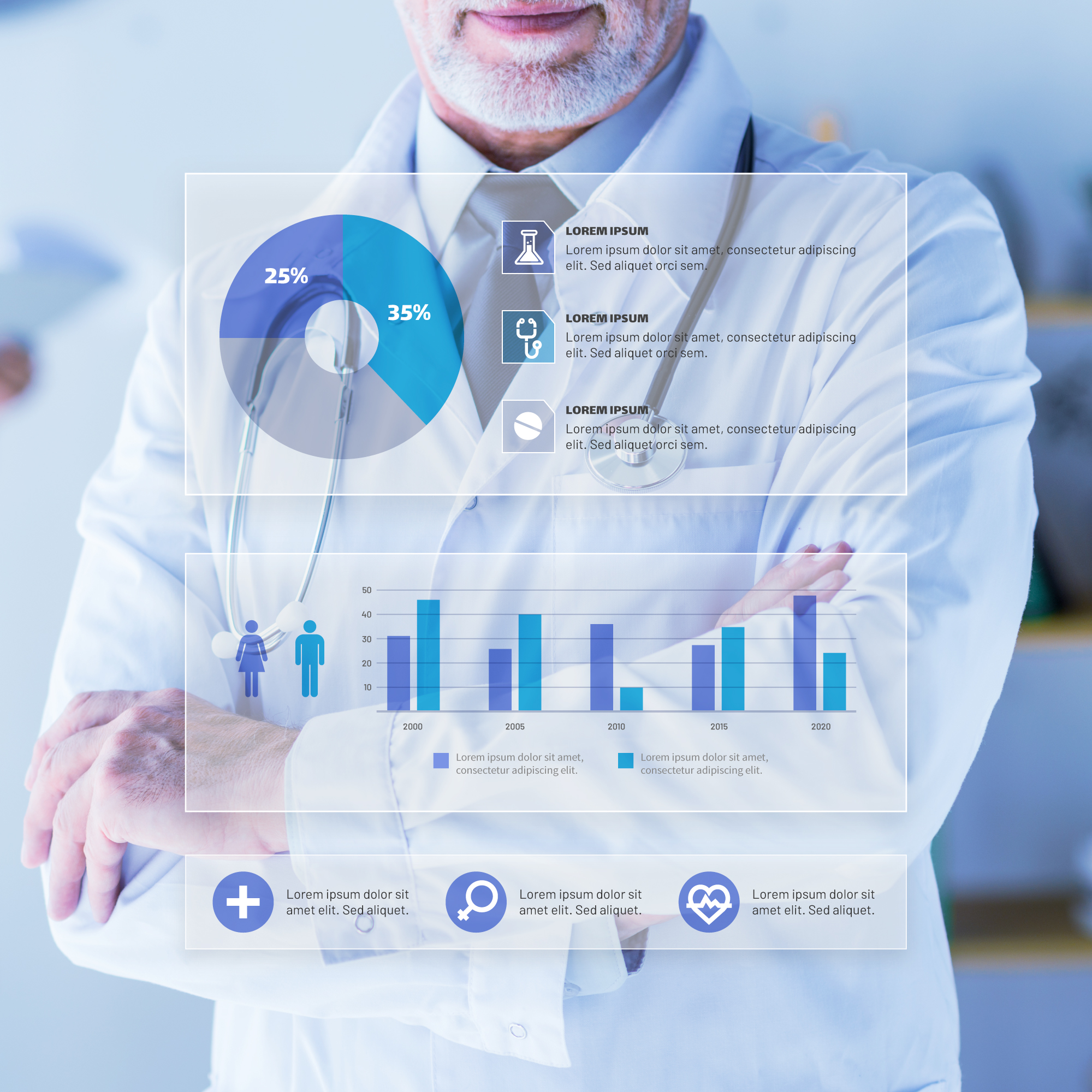Electronic health record (EHR) software programs have converted healthcare assessment and reporting, leading to a sharp departure from traditional methods of statistics management. This virtual revolution has redefined how fitness information is accrued, analyzed and transmitted in practice and has dramatically modified the medical choice-making panorama.
The shift from paper-based facts to virtual codecs has made statistics access and management less complicated for healthcare professionals. EHR software presents smooth admission to affected persons’ records, which includes clinical histories, remedy plans, and test consequences, promoting greater efficient clinical exercise and care control.
Additionally, the appearance of EHR software has unlocked advanced analytics capabilities, remodeling the manner healthcare statistics are analyzed in real-time. With the ability to attract insights from huge databases of patient records, healthcare companies can discover trends, styles and relationships, allowing physicians to make informed decisions on the point of care.
Importance of EHR
This advent examines six important influences of EHR software on healthcare studies and reporting and highlights a converting function inside the future of healthcare shipping.
Enhanced Data Availability And Efficiency:
EHR software facilitates easy access to patient information, streamlines workflow, and eliminates the inefficiencies associated with paper-based systems of record. Healthcare providers have access to complete patient information, including medical histories, treatment plans, and test results quickly. Furthermore, the centralized nature of EHR systems encourages interoperability, enabling healthcare teams to access critical patient information, and they are shared in real-time, regardless of location or speciality.
Real-time Data Analysis:
Hosted EHR software enables healthcare organizations to use advanced analytics tools for real-time data analysis. By continuously capturing and updating patient data, EHRs empower healthcare professionals to identify emerging trends, patterns, and relationships in clinical data This capability facilitates engagement in early intervention, early diagnosis, and personalized treatment strategies, ultimately improving patient outcomes and reducing healthcare costs in healthcare organizations respond rapidly to public health emergencies, epidemics, and other important issues.
AccurateTreatment Decision:
EHR software supports evidence-based medicine by providing detailed patient information, clinical guidelines, and decision-support tools for point-of-care physicians. Through integrated clinical decision support systems (CDSS), EHRs help healthcare providers provide appropriate decisions regarding diagnosis, treatment options, and medication use. Safe methods of EHR system preferred by physicians in promoting prescribing practices medical errors, and in addition to reducing, and improving clinical outcomes, EHRs facilitate continuity of care by ensuring that all members of the healthcare team have access to up-to-date patient information, which mandates treatment to promote consistency and consistency of systems in care facilities.
Enhanced Health Care:
EHR software enables healthcare organizations to take a population health strategy approach by collecting and analyzing patient data to identify high-risk patients, track health issues, and deliver interventions if necessary, targeting and implementing prevention strategies. By using predictive analytics and risk modeling, healthcare organizations can intervene to manage chronic conditions and identify individuals at risk for readmission or adverse health outcomes to enable early intervention and prevention strategies to improve the health of the whole population.
Improved Reporting And Compliance:
The EHR software automates reporting on key performance indicators (KPIs), quality metrics, and regulatory requirements, streamlines business processes and ensures compliance with industry standards and government regulations. Easy to extract, aggregate and analyze data for improvement, accreditation research, and reimbursement emerges by providing real-time visibility into organizational operations. EHRs for healthcare leaders’ ability to identify areas for improvement, monitor progress toward established goals, and demonstrate accountability to stakeholders. In addition, the EHR supports enterprise standards and enables easy exchange of information with external stakeholders, including other healthcare providers, payers, public health agencies, and research institutions.
Final Words
The introduction of electronic health record (EHR) software has revolutionized healthcare analytics and reporting, ushering in a new era of data-driven decision-making and innovation in medicine through the movement of data accessibility on high, real-time analytics capabilities and improved clinical decision support. Despite the fact that the system empowers healthcare organizations to deliver personalized, efficient and effective patient care, certified EHR software has streamlined population health interventions, facilitated reporting and compliance efforts, and facilitated research and innovation in healthcare as healthcare continues to evolve.
By leveraging technology, collaboration, and continuous improvement efforts, healthcare organizations can maximize the benefits of EHR software and enhance the shared goal of improving health outcomes for individuals and the community. In conclusion, the transformational impact of EHR software on health assessment and reporting underscores its importance as a cornerstone of modern healthcare and the need for continued investment and innovation in this critical technology.

